Is there something wrong with putting one resistor for the charging
path, and one for the discharging path?
There's nothing wrong with it other than at some point, the resistor in the discharge pin will never properly discharge the capacitor to a low enough value to cause a charge sequence to begin again. That added resistor is fighting against the pull-up resistor and the lowest voltage it can discharge the capacitor to is determined by both their values and the power rail voltage.
But, who is to say that on some circuits, this might not be desirable.
Maybe you are actually looking for something like this: -
Taken from this 55 tutorial.
Here's another variation originally from here: -
